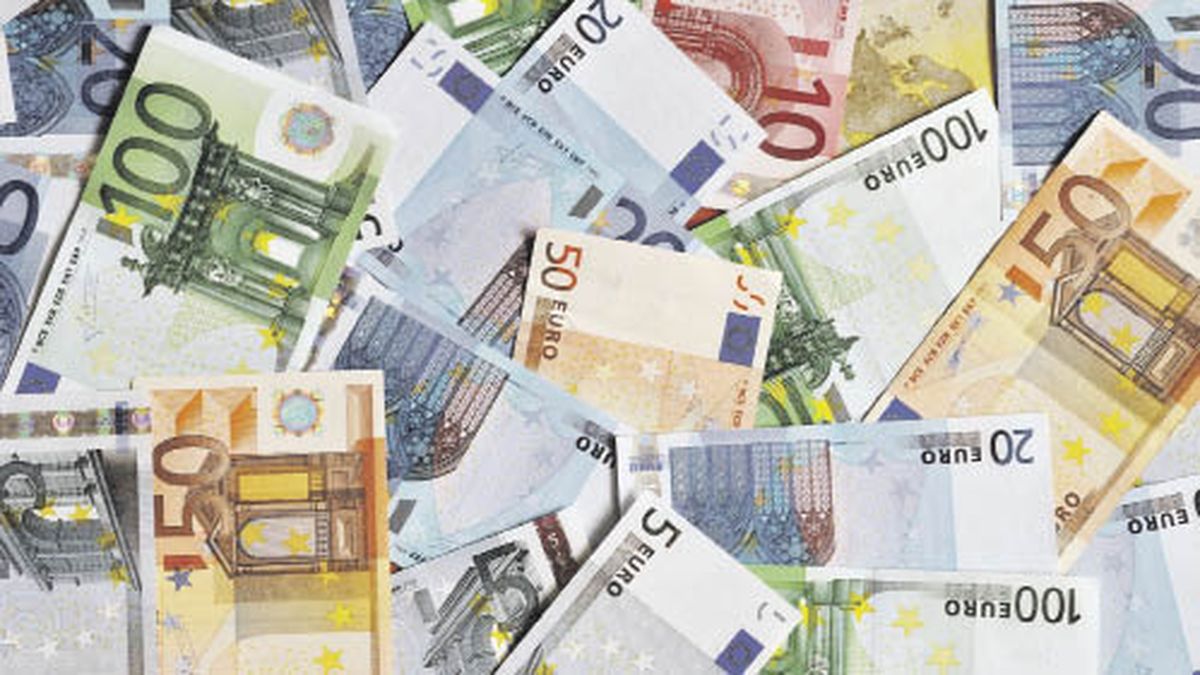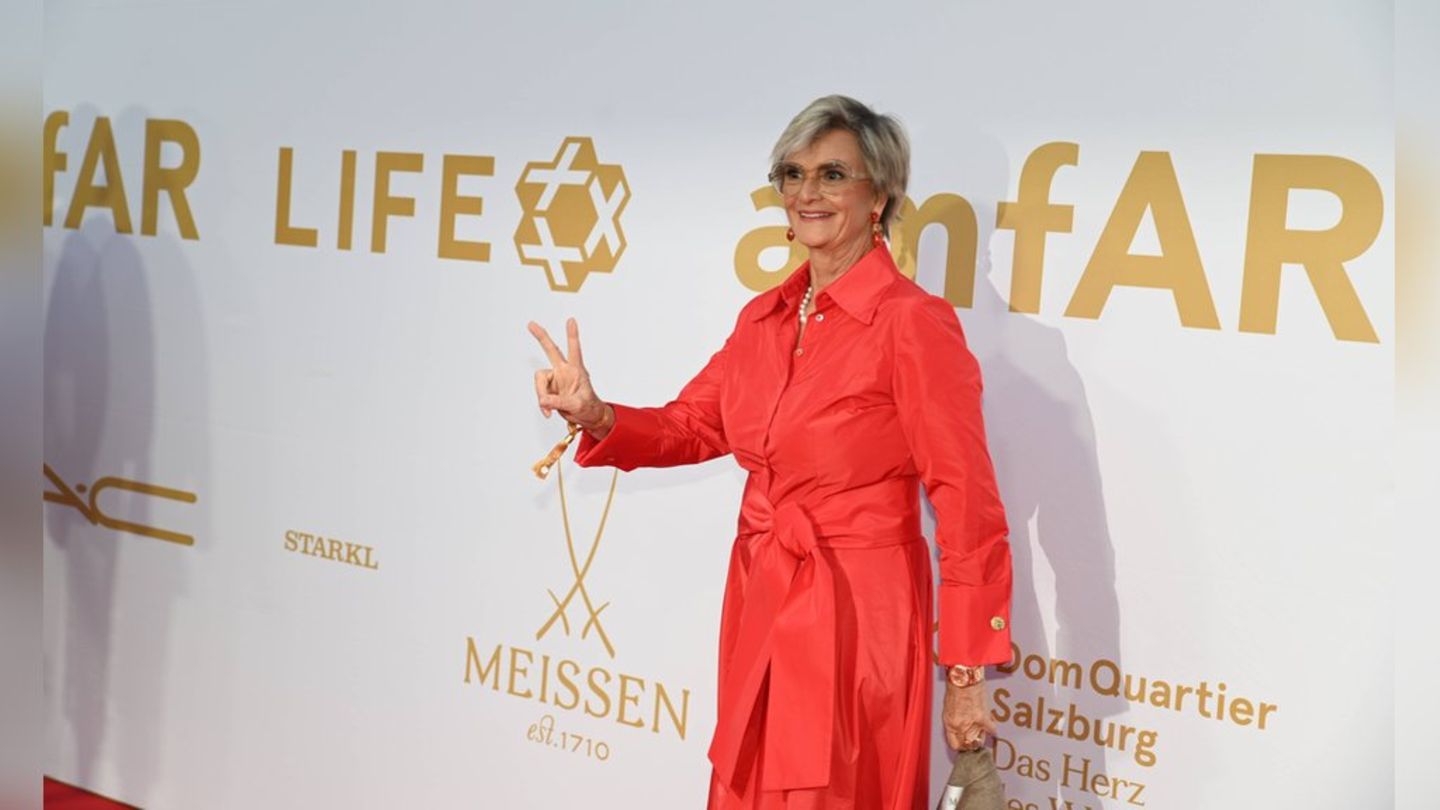Image: APA/dpa/Sebastian Gollnow
Because honey bees can only fly above twelve degrees and only when the weather is dry, they were unable to visit fully blossoming fruit trees such as apricots, apples or pears or spring flowers such as rapeseed or dandelion. Wolfgang Pointecker, chairman of Biene Austria, expects an 80 percent failure in his company. “When it finally got warm, everything had faded.” While the nectar buffet is usually the most plentiful for insects, many beekeepers have had to help out their colonies with food to keep them from starving. After a broadcast, the beekeeping professional draws a first interim balance of the honey year. “This year there is almost no blossom honey. Most beekeepers do not have the first of two extraction dates.” The honey is extracted from the combs during centrifugation.
While the main nectar suppliers were in bloom, it was one of the ten wettest and cloudiest April months on record – and May didn’t start any better. In eastern Austria, Lower Austria and Burgenland there is hope for typical late bloomers such as sunflowers and acacia. But many acacia trees are suffering from the heat damage of the past two years, plus the frost in April of this year.
Pointecker is now hoping for forest honey. “The honey bees take the honeydew that other insects produce on spruce, oak or fir trees and bring it to the hive, where it is processed by the hive bees.”
Source: Nachrichten




